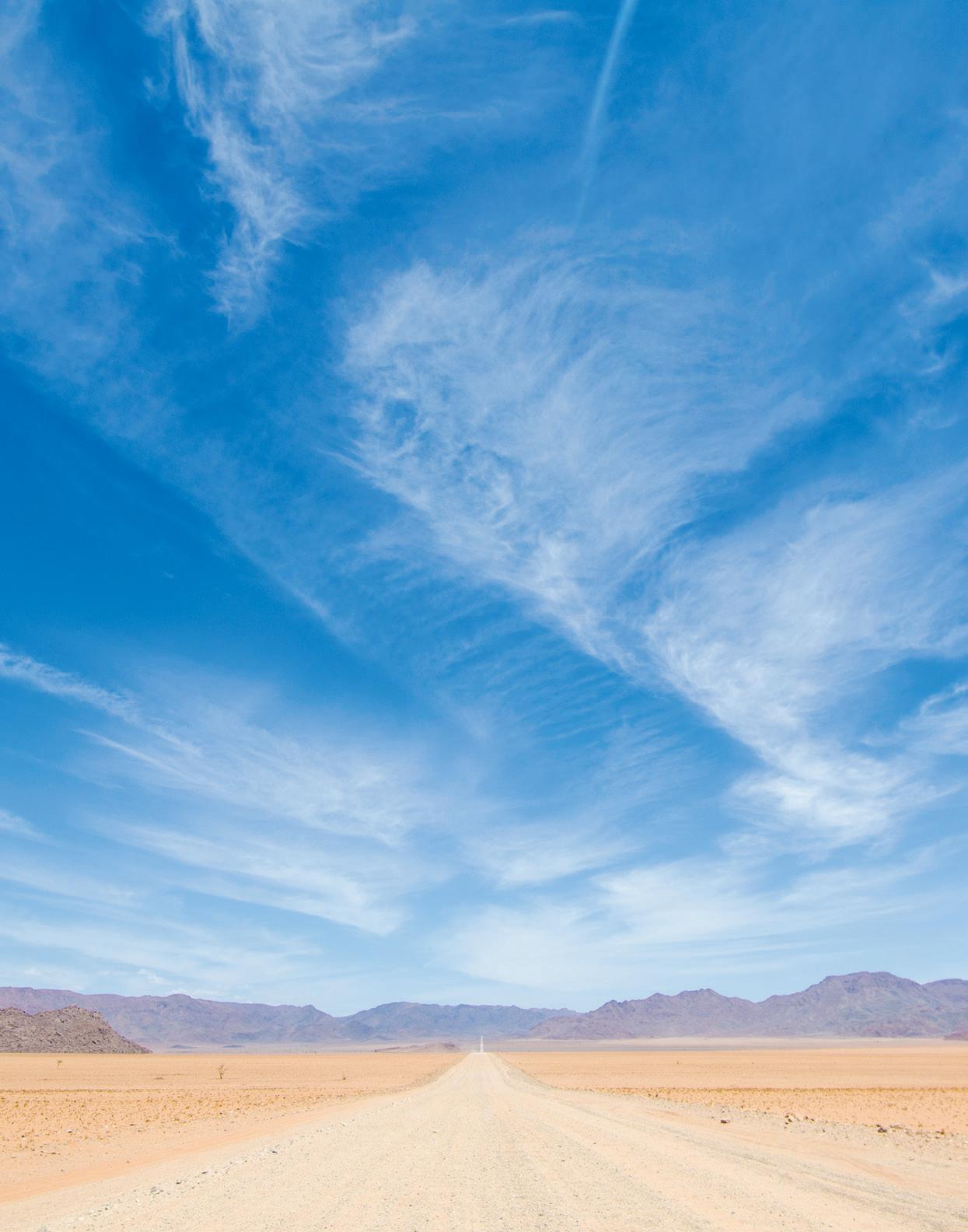
12 minute read
LIVING WILD In the land of sand and freedom
Living Wild
In the land of sand and freedom
Text Lee Tindall
‘’How does one end up here?” asks the cyclist parked under the tree outside our house. ‘Here’ is our house in the middle of a gravel plain, surrounded by towering mountains, small boulder strewn koppies and not much else. This is not an uncommon question, and you would think that by now we would have a quick answer. There’s the short, medium and long answer. The long answer requires a dive into both my and my husband’s childhoods, and the short answer is simply, “we’ve done life a little differently than is conventional and that yields slightly different results”.
But at this moment, here in the cool shade of an ancient palm tree, the medium answer seems appropriate. After being in tourism in South Africa for the better part of our young adult lives, and now seven months pregnant, we felt it best to use that time and just married to move countries and start new jobs. This is pretty much how we do life: when our plates are fullest we simply add more, it makes for an interesting combination of high stress, hysterical laughter and pretty unimaginably awesome adventures. We stuck to what we knew – tourism – and entered the Namibian tourism industry with all the enthusiasm and energy imaginable. After some time in the central part of Namibia, we were offered a position to manage a small, reasonably quiet lodge in the south. Without having seen the lodge, or the area, we, in our usual ‘what’s the worst that can happen’ style jumped at the opportunity. Our earthly possessions, one child and a dog fitted in with two bakkie loads of stuff. This move would mean more time for our son, then almost two, and a chance to put our stamp on the lodge and run with a product.
After our daughter was born, fiercely, dramatically and on her own terms, we chose to make a career switch to conservation. This meant another move. Our earthly possessions, the number of pets and number of children had all grown along with our need to do more for the planet, more for ourselves and more for the generation of humans, of which we now had two to keep alive, raise and enjoy. A leap of faith. What felt like a million boxes and trailer loads later we arrived. Then yet another move, more trailer loads, the dog, cat and now the added bonus of goldfish and we reached Keerweder, the Warden’s Base of NamibRand Nature Reserve. We had arrived! Our hearts were light, our eyes twinkled and my soul rejoiced as I unpacked boxes, settled children and created a home and space in which our free-range kids would roam, while learning to love the little things and find joy in themselves.
In this medium-length story many adventures, much growth and a lot of life are skipped. The parts in which our own resilience is tested, the time when our darling daughter’s birth came suddenly and my husband drove over 300 km to get us to Mariental, where she was safely delivered despite the odds being stacked against her, the bit where our then 18 month old son spent an entire day on the back of a bakkie on a giraffe capture mission, and didn’t skip a beat, or even the time when he and I sat on, not at, the kitchen table the day before my daughter’s birth and watched a snake make itself comfortable under the fridge – we took this as an opportunity to read up about snakes and look at the patterns on it. Some of these stories, the moments and the grit they come with, create foundations so strong they are unshakeable and cemented with the peace that this life allows us.
Here, under the palm tree, this moment takes me back to the very first time we opened the car doors in the south, that moment when a wall of dry air hit me so hard I felt winded, and the view extended so far I wondered if I’d see the curve of the earth. That moment where our son’s first instinct was to run, to feel the sand with his hands and to run his little fingers along the tips of the grass that reached his chest – a legacy of above average rainfall Namibia experienced in 2011.
In the year 2012 we had our very first taste of the Namib and it has since taken root in our hearts. The desert, and all it holds, has raised us all, it has guided my husband and I and led us to where we are now, it has allowed my children a freedom to explore, to experience and to roam. After many questions and much judgement for choosing a life less conventional, a life perhaps more risky than most, I still don’t have all the answers, I cannot say for sure if this is the best way, but I can unwaveringly say: it is the best way for us. It allows us to steep ourselves in peace, to watch our children race back from a bike ride to beat the setting sun, to hear them identify birds, scorpions and wildlife and roll the Latin names around their mouths. and to know that their childhood is unburdened by conventional worries and concerns. It also gives me the gems I hope to fill this series with. I have wondered about sharing our journey, whether our adventures are worthy of being read by others. In sharing our journey and more adventures, I hope to give people a moment of peace, a moment of feeling the freedom and the liberation of a life lived differently. A life of wonder, curiosity, carefully caught and released scorpions, sunsets and conversations about conservation as the sun sets. TNN
Lee Tindall was born in Namibia. With her parents, who were employed by the Ministry of Environment and Tourism, she lived in some of the remotest, most beautiful protected parts of the country. It was there where her love and enthusiasm for nature developed, a passion that she keeps kindled to this day.
In April 2016 Lee and her husband Murray – along with their two small children, beloved golden retriever Rocco, ferocious cat Yzer and several goldfish originally named Goldie 1, Goldie 2 and Fred – moved to the NamibRand Nature Reserve, where Lee is the Research and Environment Warden, based at Keerweder. Her duties include staff management, assistance with natural resource management and monitoring, research projects, liaison with visiting scientists and film crews, environmental awareness raising and outreach. She is also the coordinator and secretary for the Greater Sossusvlei Namib Landscape, a not for gain association focused on large landscape conservation and upliftment.
Follow her new series 'Living Wild' in the upcoming issues of Travel News Namibia.
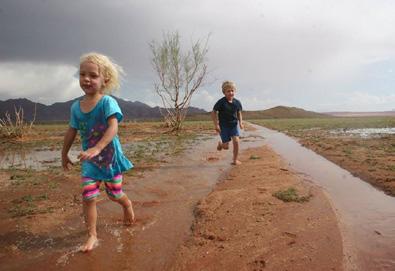
Discover Namibia at its best!

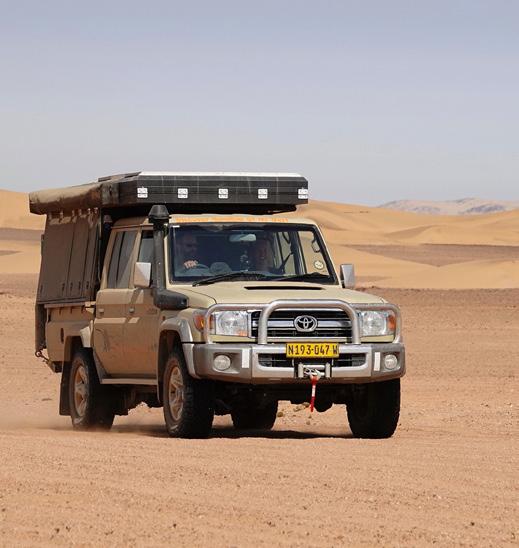

YEARS 25
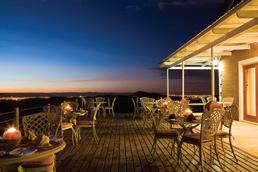
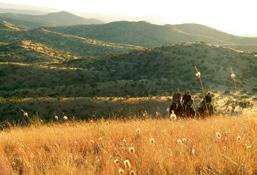
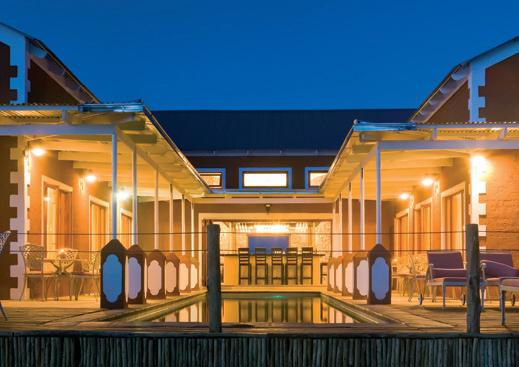

A delightful setting and peaceful bush ambience. No matter the occasion, River Crossing Lodge has something special to offer.
+264 61 40 1494 | reservations@rivercrossing.com.na | www.rivercrossing.com.na
Namibia’s fastest, easiest way to pay. Friends, family and your favourite business.

Namibia Holiday & Travel
BOOK YOUR AD SPACE NOW!

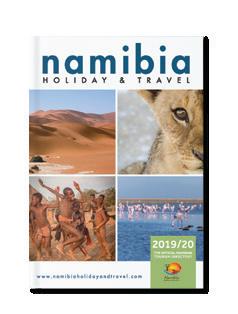
janine@venture.com.na
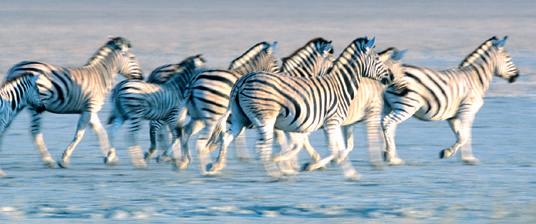
Namibia is a countr y of primeval and unspoilt beauty. SWA SAFARIS can introduce you to its spectacular variety of landscapes, rich treasures of wildlife and unique flora. Enjoy the hospitality and friendliness of the Namibian people.
Let SWA SAFARIS, one of the most experienced Tour operators in Namibia, that has been in operation since 1954, make your stay in Namibia an unforgettable one.
Tel: + 264-61-221193 / 237567, Fax: + 264-61-225387 PO Box 20373, 43 Independence Avenue, Windhoek, Namibia swasaf@swasafaris.com.na - www.swasafaris.com - www.swasafaris.de Since 1954 .... your tour operator with experience SWA SAFARIS NAMIBIA


Cradled amongst Camelthorn trees and vistas of undulating Kalahari sands crusted in golden grass, Otjimbondona offers those seeking exclusivity, luxury and tranquility the ideal African retreat.
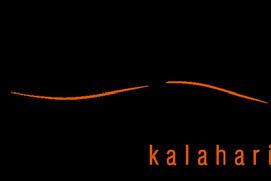

www.otjimbondona.com welcome@otjimbondona.com | anita@profilesafaris.com Anita Slaney: +264 81 243 5478 | Wilfried Slaney: +264 81 127 4358 | PO Box 11013, Windhoek, Namibia Location: 120 km from Windhoek and 80 km from Hosea Kutako Airport
“Rental of specialised 4x4 vehicles in Namibia, Botswana, Zimbabwe, South Africa, Zambia, Malawi and Mozambique” info@ascocarhire.com www.ascocarhire.com


Experience with us the Beauty of Namibia, Wilderness of Botswana and Secrets of Zimbabwe
+264 (0)64 203496 +264 81 246 0034 info@bociansafaris.com www.namibia.com.pl Sam Nuyoma Avenue 11, Walvis Bay

What makes us unique? • Personal service • One stop – shop (Accommodation, vehicle hire and activity bookings) • Specialize both in self –drive & guided Safaris • Cater for all: from family travel, filming crew, bird watchers etc. • Taste of African original • No hidden costs
THE FIRST GERMAN SURRENDER OF WORLD WAR I WAS SIGNED UNDER A TREE IN NAMIBIA
Text Le Roux van Schalkwyk
About 3 km north of Otavi, close to the railway line, is a rather unimpressive gravestone-like structure, overgrown with bushes and surrounded by the remnants of what long ago used to be a fence. A truly unflattering memorial commemorating an important event not only in world history but one that also changed the course of history in Namibia and South Africa. What is the significance of what transpired here 105 years ago?
On the freezing morning of 9 July 1915 troops of the Union Defence Force (UDF) are assembled at Otavifontein and nervously make final checks. They’re waiting for orders to advance towards the positions of the German Schutztruppe at Khorab. The deadline for the Germans to accept the terms of surrender offered to them has come and gone, and the UDF troops know that this will probably be their final action in the campaign for German South-West Africa (GSWA). If the order to advance is given, UDF soldiers would simultaneously gallop in from all flanks towards the encircled Germans.
The governor of German South-West Africa, Theodor Seitz, and Victor Franke, the commander of the Schutztruppe in GSWA, had only a few days before come to the conclusion that their small number of troops had finally
been outmanoeuvred and were all but defeated by the strong contingent of South Africans moving in from all sides. On 6 July they had met with General Louis Botha and his staff to discuss the terms of surrender. They were given until 02:00 on the 9 th to respond to Botha’s terms. If the deadline was not met, hostilities would recommence. Botha, it must be noted, was not only commanding the UDF troops in GSWA, but was also the prime minister of the Union of South Africa at that time. The last head of state in the modern era to lead his troops in battle.
At 02:30, as the UDF troops were about to move out, Botha received the response from Seitz, stating that he accepted the terms. The news was met with wild cheers from the South Africans. Later that morning Seitz and Franke arrived by train to meet with Botha and his staff at kilometre stone Kilo 500. The Germans had marked every kilometre of the railway line from Swakopmund to Tsumeb. The location for the meeting was directly between the two opposing forces. At 10:00, on a wooden table set up in the shade of a wild syringa tree, the formal surrender of the German troops in GSWA was signed by Seitz, Franke and Botha. It became known as the Treaty of Khorab.
68 WWW.TRAVELNEWSNAMIBIA.COM that in Namibia the First World War lasted for only 203 days. It was just a small sideshow to the horrific bloodshed in Europe where over 20 million people were killed in the Great War. Yet, the UDF secured the first major allied success of the war at a time when the Allies desperately needed some good news. The horrors of trench warfare were only starting to surface and there were still three more years of enormous death tolls before the war came to an end. In the Namibian context the surrender of the German forces signified the beginning of Namibia effectively coming under South African rule – it lasted for 75 years, 22 of which saw an armed struggle for independence.
Today the Khorab Memorial remains mostly undisturbed, safe for the occasional history nerd like myself who visits it. Next to the forgotten monument, the syringa tree, which more than a hundred years ago provided shade for the signatories, is nothing more than a sad looking stump. The only thing that sets it apart from the other tree stumps in the area is a rough stone plinth built around the trunk. As dilapidated as it looks, when visiting the site you can’t help but imagine the wild syringa with a canopy full of leaves witnessing the events taking place in its shade all those years back. TNN
...simply out of this world
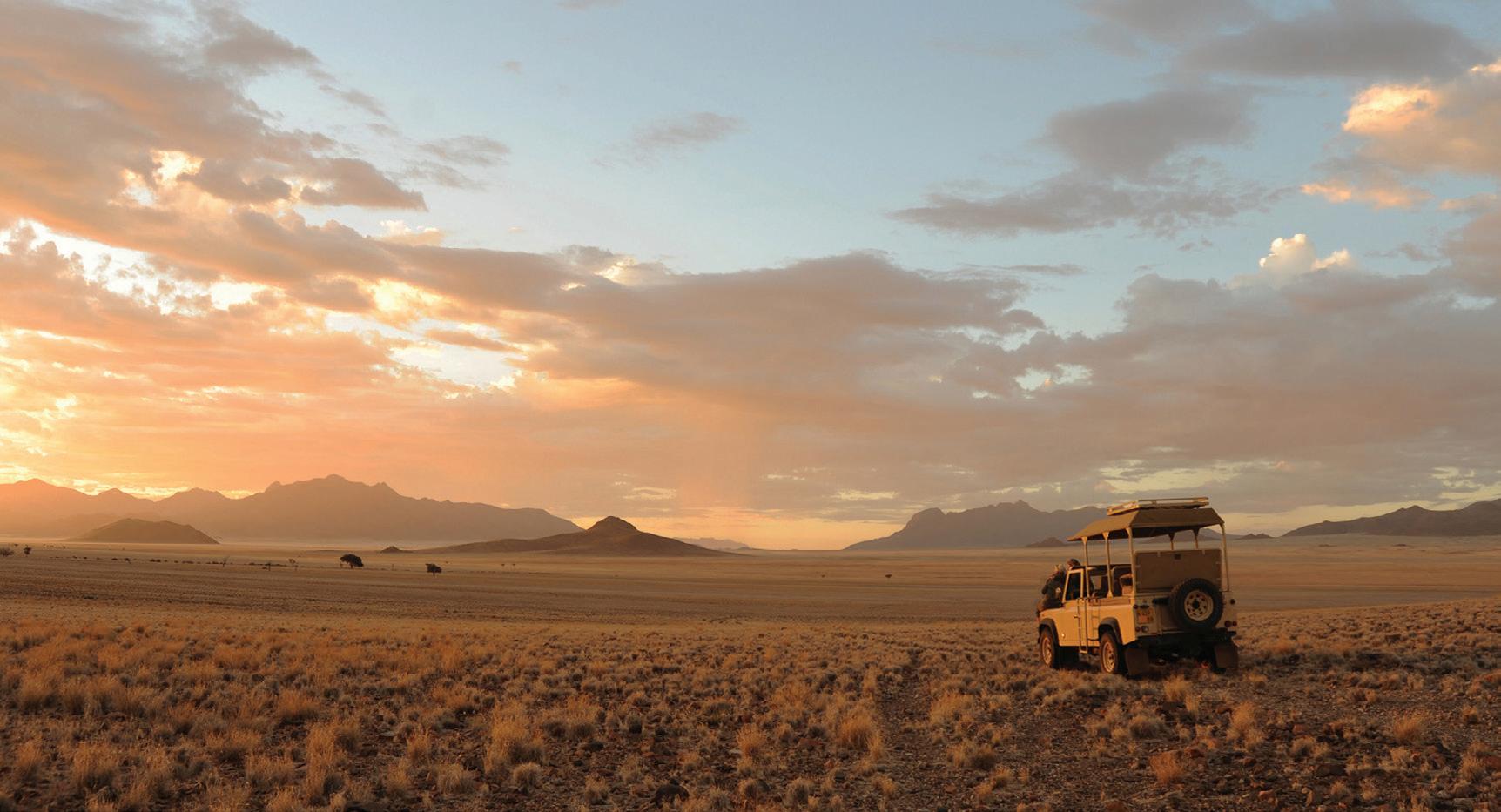
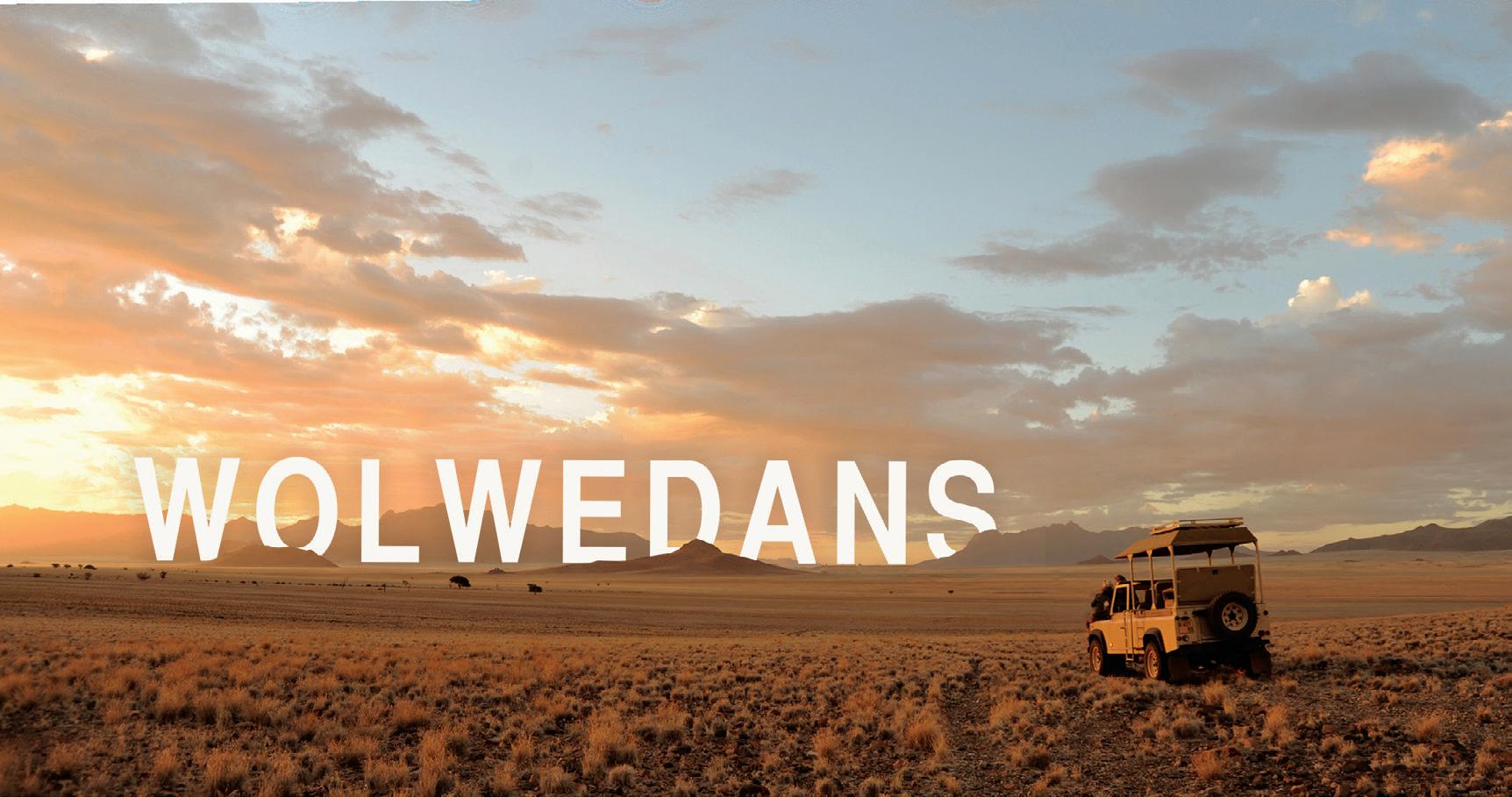
Wolwedans is more than a collection of desert camps and lodges. It’s a collection of dreams. Experience an eco-tourism destination committed to the long-term conservation of the NamibRand Nature Reserve. At Wolwedans, we strive to set an example in conservation-centred, sustainable tourism, balancing people, planet and profit, since 1995.










